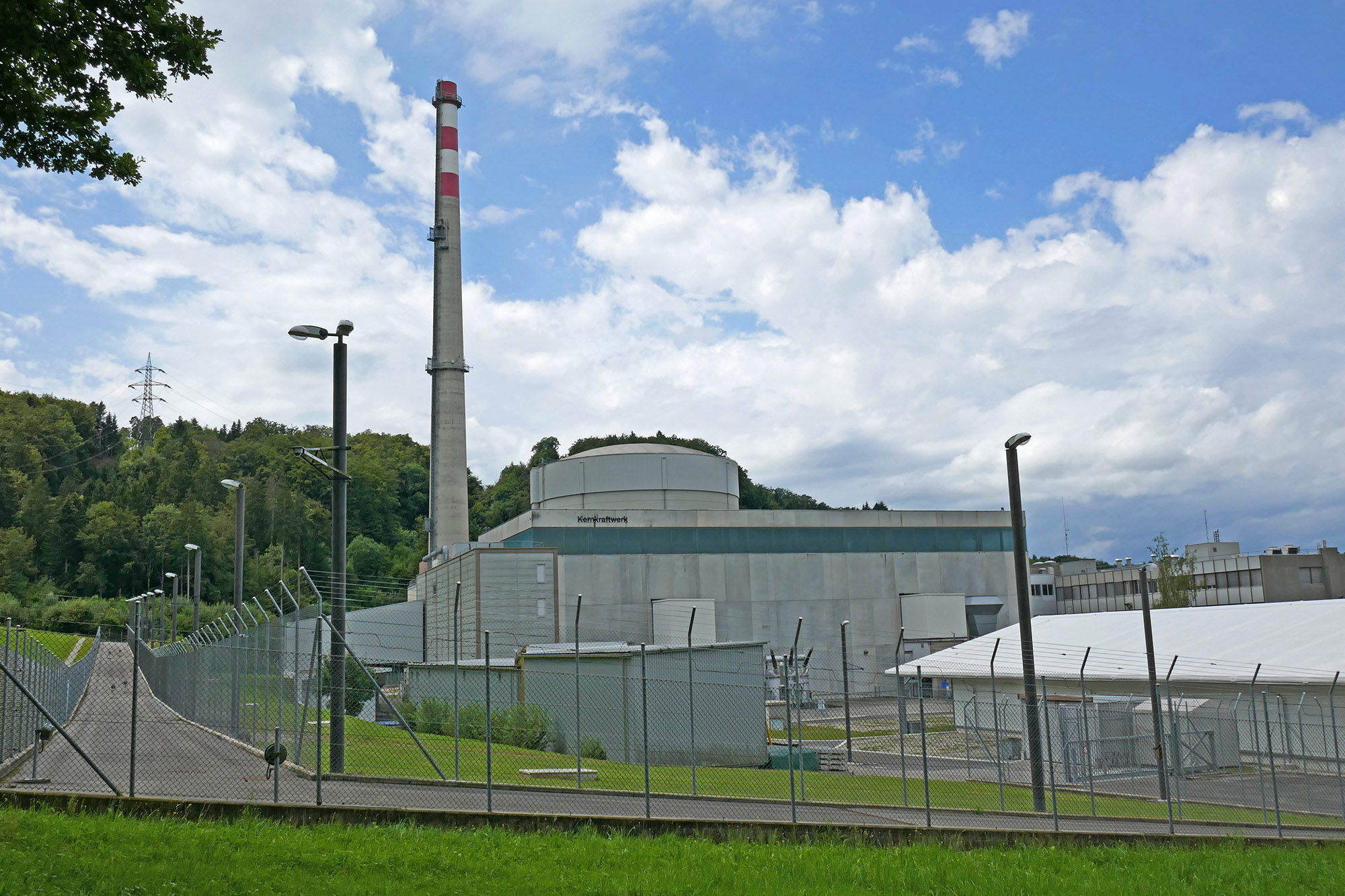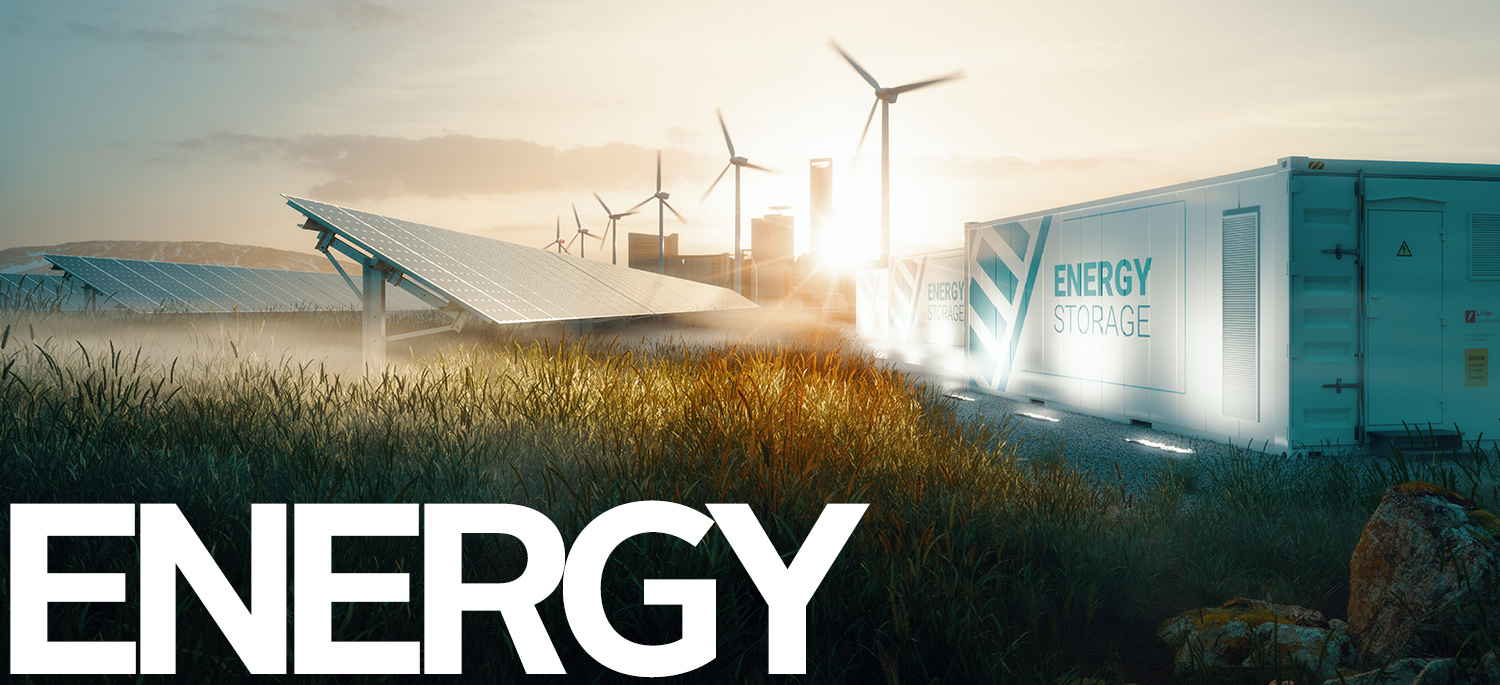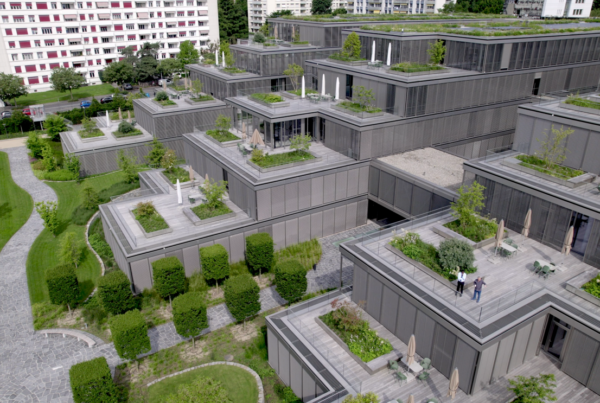The energy crisis the concern of IT
Data centers account for 3.6% of Swiss electricity consumption. As the Federal Council unveils its measures to avoid energy shortages this winter, how can the sector reduce its bill without hindering its services? Will industry actors have to move their applications and servers to countries where the energy supply is assured?
One news replaces another. After two years of pandemic, it is now the turn of the energy crisis to take center stage in the media, politics and economy. With it comes the spectre of electricity shortages this winter, the extent of which is not yet well known. Even though the weather is warming up fast, it is time to save money and stock up on electricity so that we don’t freeze in three months.
The Federal Council is increasingly calling for a reduction in energy consumption. In its action plan to combat the shortage, it even envisages the exceptional use of oil-fired reserve power plants capable of producing 300 MW, i.e. 80% of the capacity of the Mühleberg nuclear power plant. In front of the press, Guy Parmelin has also unveiled various measures depending on the severity of the scenario. Either quotas, or even programmed power cuts.
All sectors are concerned. But there is one sector that is the subject of debate: IT. In a digitized society, where we depend almost entirely on digital tools, how can we reduce the consumption of a very energy-intensive sector without hindering the smooth running of the economy, services, etc? This is a sensitive question. The Federal Office for National Economic Supply (FONES) is trying to answer it and to reassure the providers of the sector, all customers and dependent on the data centers.
Contacted by the online magazine ICTjournal, the FONES recalls that data centers are part of critical infrastructures ( such as hospitals), but that this special status does not give them a differentiated treatment: “Depending on the situation, some consumers in the basic supply can be partially or fully exempted from management measures. However, this assessment is only possible in a concrete crisis situation.”
Therefore, “operators of critical infrastructure and companies whose supply is essential are also required to exploit their energy saving potential in the event of an electricity shortage”. That is, by using the emergency power generators that all data centers are equipped with. However, the use of these generators would be complicated, the Federal Council points out: “The owners would have to approve the use of these generators, and there are still logistical issues to be resolved, such as the use of energy, the purchase of fuel and the remuneration”.
But what about the situation in case of prolonged power cuts? “The entire industry is concerned about this,” confirms Dominik Müller, Deputy Director of the Swiss Telecommunications Association (STA). But he reassures: “The large data center operators have the appropriate crisis management in order to be able to provide basic services even in the event of a crisis – and they are well prepared, especially for short-term power outages,” points out Dominik Müller in the online magazine ICTjournal, deputy director of the Swiss Telecommunications Association.
The problem? Data centers are power-hungry. According to a study by the Swiss Federal Office of Energy, they will consume about 2.1 terawatt hours in 2019. That’s 3.6% of Swiss electricity consumption. This number also includes in-house data centers that may not have a backup power facility. The question of whether data centers could disconnect from the power grid to relieve it in an emergency, and run on backup generators, remains open.
Equinix and Digital Realty, the world’s two largest data center operators, didn’t wait for the response to take the initiative. In order to guarantee the power supply of their backup generators, they have increased their reserves of … diesel. Not something that will please the climate.
The world of energy has evolved more in the last decade than in a century.
Combined with the entry into force of information technologies, this dynamic will only accelerate by 2030-2050. Gone is the “top-down” architecture specific to network industries; the future belongs to fragmented models that are articulated in clusters of micro-networks or “microgrids”.These new forms of flexibility respond to the challenges of integrating renewable production; they will change the nature of the networks but also their exploitation. With Softcom, this future is materializing in Switzerland.













